News Beat
News Beat reporting is an idrw.org initiative to let our Readers to report News Based on Actual facts but some how has not been reported in Main Stream Media .
SOURCE: RAUNAK KUNDE / NEWS BEAT / IDRW.ORG
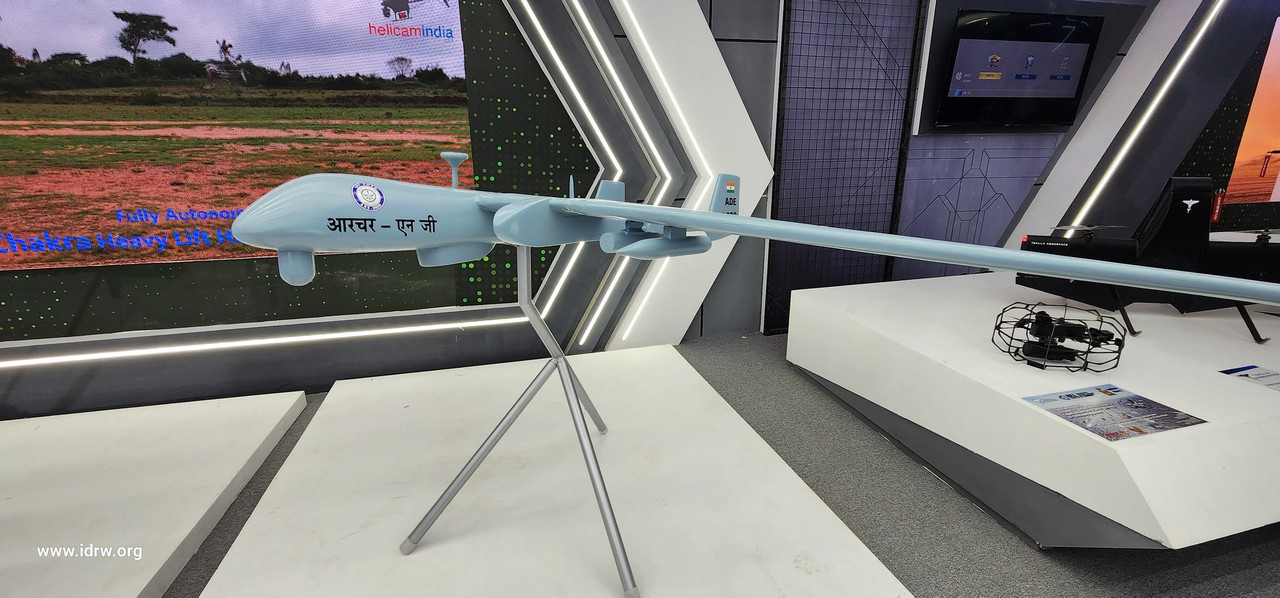
India’s ambitious project to develop the Archer-NG, a Weaponized Medium Altitude Long Endurance (MALE) UAV (Unmanned Aerial Vehicle), is gaining momentum, with the rollout of the prototype expected by the end of the coming month. The Archer-NG is a significant development in India’s drone capabilities and is set to play a crucial role in intelligence, surveillance, reconnaissance, target acquisition, tracking, and strike missions.
Initially, the rollout of the Archer-NG had been planned for mid-2023, as stated by officials from the Aeronautical Development Establishment (ADE) during Aero India 2023. However, due to some delays in the construction process, the schedule was postponed by approximately three to four months. The first test flight of this advanced armed drone is now anticipated to occur within the next six months.
Continue readingSOURCE: RAUNAK KUNDE / NEWS BEAT / IDRW.ORG
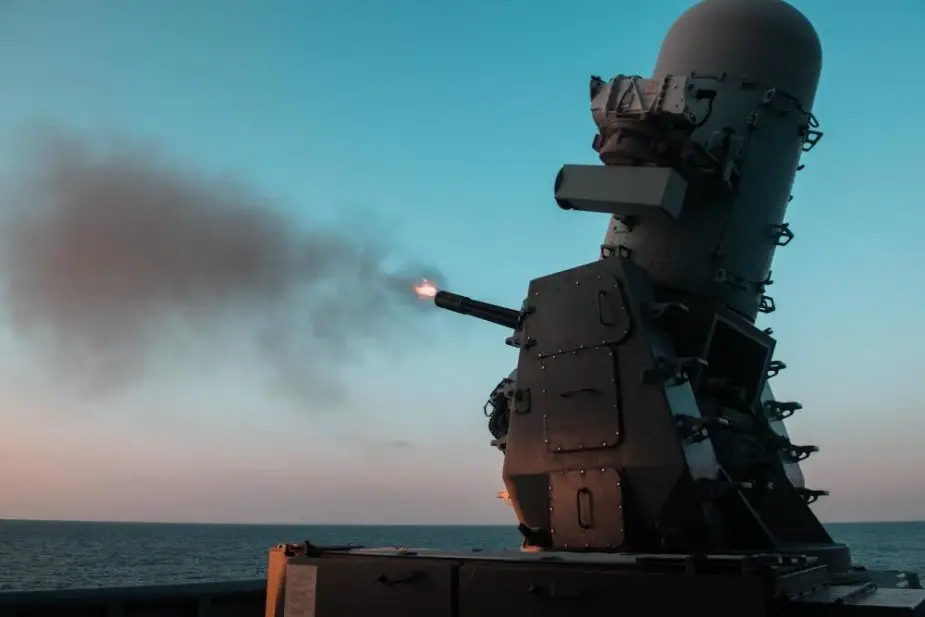
The Indian Air Force (IAF) has taken a proactive step to enhance its defence capabilities by deciding to fund and develop low-cost Close-In Weapon System (CIWS) solutions. These systems are designed to safeguard against emerging low-cost aerial threats such as loitering ammunitions and subsonic cruise missiles. The move comes as the threat landscape is rapidly evolving, necessitating innovative solutions to protect key airbases and facilities.
IAF airbases are typically equipped with Surface and Air Defense systems that provide what is known as “Inner Cover” against aerial threats, including fighter jets and helicopters. However, recent conflicts, such as the Russian-Ukraine war, have highlighted the use of cost-effective loitering ammunition and subsonic cruise missiles. These threats are not only more affordable than traditional missiles used for interception but can also lead to saturation attacks, overwhelming existing air defence systems.
Continue readingSOURCE: RAUNAK KUNDE / NEWS BEAT / IDRW.ORG

Retired Air Chief Marshal RKS Bhadauria, a prominent advocate for indigenous fighter jet programs in India, has voiced his support for Hindustan Aeronautics Limited (HAL) and their role in the development of the Tejas MkII fighter jet. In an interview with ANI, he emphasized the need for HAL to have the capacity to deliver at least 24 Tejas MkII fighter jets annually when production begins in 2028 and onwards.
The Tejas MkII is a crucial addition to the Indian Air Force (IAF) as it is intended to replace mid-tier fighter jets, including the Anglo-French Jaguars, Russian Mig-29UPG, and French Mirage-2000H. The IAF has committed to procuring 120 Tejas MkII fighter jets in the first instalment, with an additional 60 in the second instalment. This procurement could potentially expand to a fleet of 200 Tejas MkII fighter jets by 2040.
Continue readingSOURCE: RAUNAK KUNDE / NEWS BEAT / IDRW.ORG
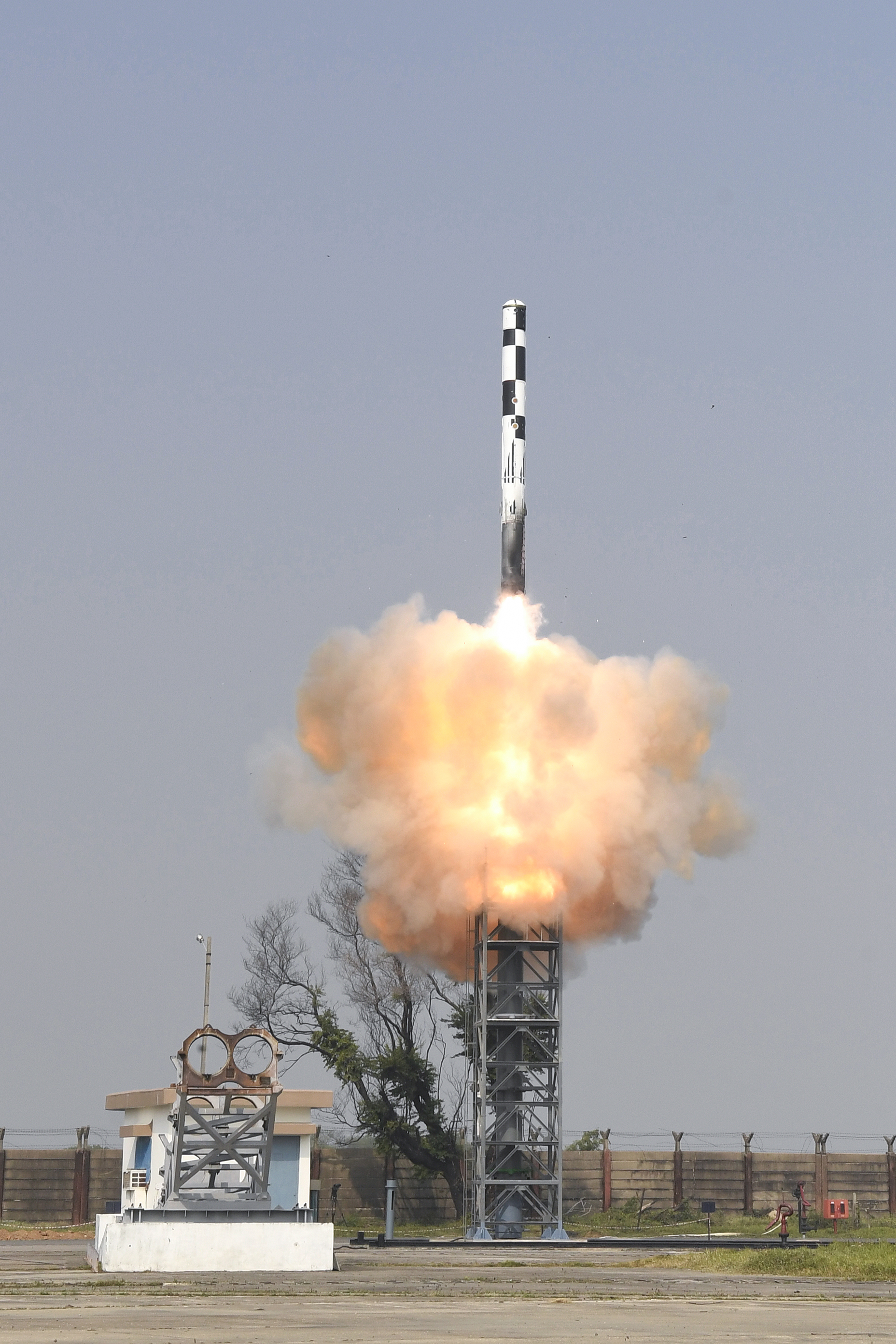
The Philippine Army (PA) is set to bolster its coastal defence capabilities with the acquisition of the Indian-made BrahMos cruise missile system. This move is part of the Armed Forces of the Philippines’ (AFP) strategy to enhance its ability to safeguard the country’s coastlines. AFP chief Gen. Romeo Brawner Jr. recently revealed the plan during a media interview.
The Philippine Marine Corps (PMC) has already initiated its procurement of the BrahMos cruise missile system, placing an order for three batteries. The Philippine Army, in coordination with the PMC, intends to further strengthen the nation’s coastal defence capabilities.
Continue readingSOURCE: RAUNAK KUNDE / NEWS BEAT / IDRW.ORG

Italian firm Whitehead Sistemi Subacquei (WASS), a subsidiary of Finmeccanica, is once again making a compelling pitch for the sale of the Black Shark torpedo, an advanced, long-range, multi-purpose, heavy-weight torpedo. This torpedo is designed to be equipped on the Indian Kalvari class of submarines, marking a significant development following the lifting of sanctions on its parent company.
Initially, the six Kalvari-class submarines were intended to be equipped with the Black Shark, representing a next-generation, fully stealthy heavyweight torpedo. It boasted the capability to be fired from deep and coastal waters, and it could be launched in both push-out and swim-out modes at any operational depth of a submarine. However, due to sanctions imposed on its parent firm, alternative Russian and Indian torpedoes were used on the fleet that has now been lifted by India.
Continue readingSOURCE: RAUNAK KUNDE / NEWS BEAT / IDRW.ORG
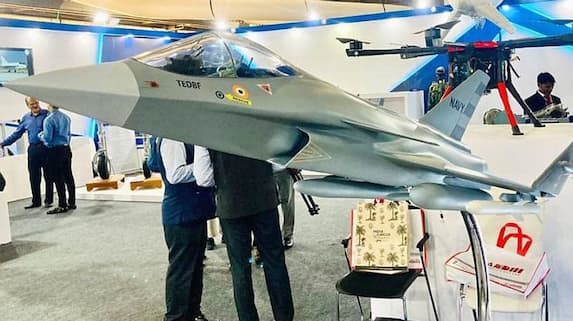
The Aeronautical Development Agency (ADA) is at the forefront of India’s aerospace endeavours, particularly in the development of the Twin-Engine Deck-Based Fighter (TEDBF) jets for the Indian Navy. In a bid to ensure these fighters are combat-ready 24/7, ADA is investing heavily in next-generation technologies.
Precision in aircraft positioning and orientation plays a pivotal role in the success of automatic takeoff (ATOL) and automatic carrier landing systems (ACLS). These challenges intensify when landing on aircraft carriers due to the ever-shifting touchdown point caused by the carrier’s motion and dynamics.
Continue readingSOURCE: RAUNAK KUNDE / NEWS BEAT / IDRW.ORG
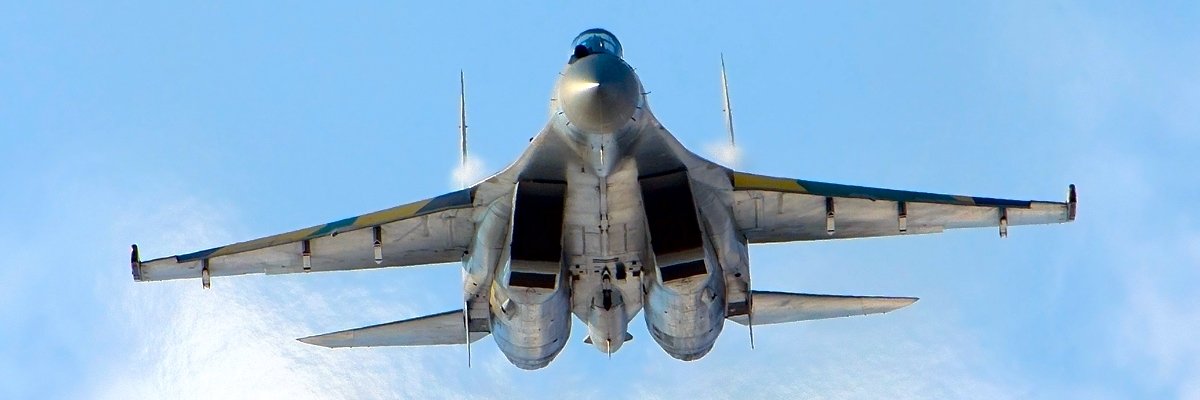
The Indian Air Force (IAF) is reportedly considering eliminating the Russian offer of its fighter jets from the Multi-Role Fighter Aircraft (MRFA) tender for 114 jets even before the Request for Proposal (RFP) is sent to prospective Original Equipment Manufacturers (OEMs). This decision, if approved by the Ministry of Defence (MoD), marks a significant shift in India’s defence procurement strategy.
The IAF recently issued a Request for Information (RFI) for the MRFA tender, to which Russia responded with offers of its Su-35 and Mig-35 fighter jets. However, it appears that the IAF is now leaning toward excluding these Russian options in the early stages of the procurement process.
Continue readingSOURCE: RAUNAK KUNDE / NEWS BEAT / IDRW.ORG
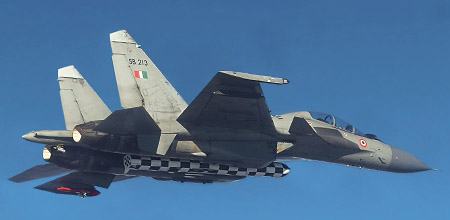
In a recent interview with ANI, former Air Chief Marshal (Retd) Rakesh Kumar Singh Bhadauria shed light on a significant development that took place in the aftermath of the Galwan Valley clash between Indian and Chinese forces. During his tenure as the Chief of the Air Staff (CAS), the Indian Air Force (IAF) made a strategic move in anticipation of potential escalations along the Line of Actual Control (LAC) with China.
According to Bhadauria, the IAF took a proactive approach to bolster its capabilities in the event of a full-fledged war with China. In response to the escalating tensions, the IAF deployed BrahMos-A equipped Su-30MKI fighter aircraft near the LAC. This strategic move was part of the IAF’s preparedness to carry out ground strikes if the need arose.
Continue readingSOURCE: RAUNAK KUNDE / NEWS BEAT / IDRW.ORG
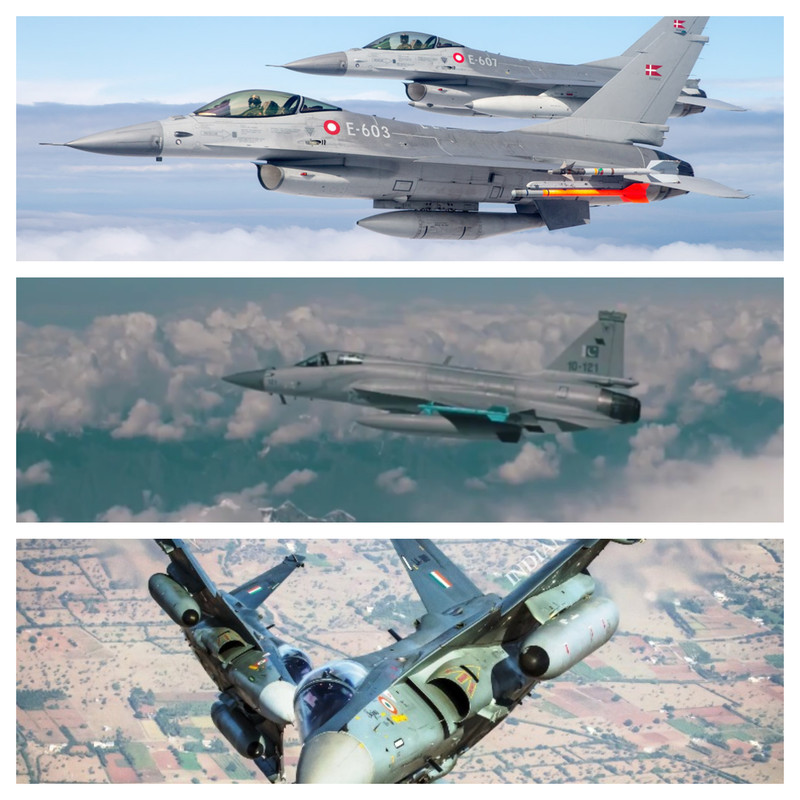
Argentina has taken a significant step toward the potential purchase of 38 F-16 fighter aircraft, a deal that has garnered both support and scepticism within the country. The Argentine Foreign Ministry has signed the Third Party Transfer (TPT) document, a crucial move in authorizing the transfer of these aircraft by Denmark to Argentina.
While the signing of the TPT document does not constitute a final decision on the purchase, it indicates Argentina’s willingness to accept the conditions proposed by the United States, the offeror in this deal. This move has ignited a debate within the country, with some viewing it as a positive step forward and others remaining cautious about the outcome.
Continue readingSOURCE: RAUNAK KUNDE / NEWS BEAT / IDRW.ORG
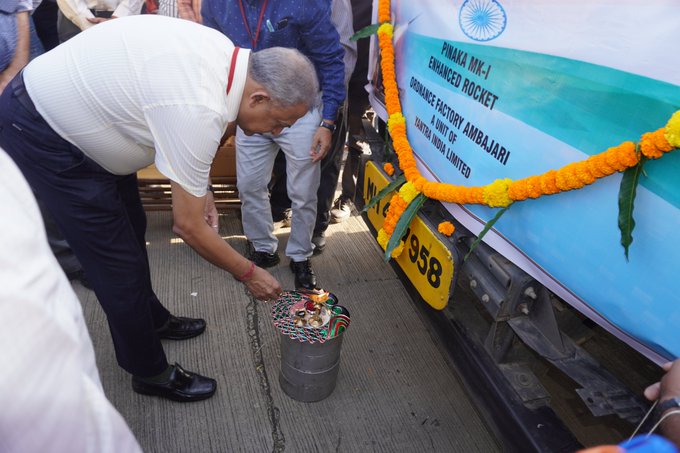
In a significant milestone for India’s defense industry, Ordnance Factory Ambajhari, a unit of Yantra India Limited under the Ministry of Defence Enterprise, successfully flagged off the first consignment of Pinaka Mk-I Enhanced Rockets for export. The historic event took place on October 5, 2023, in the presence of key stakeholders, with Shri Somnath Tripathy officiating the ceremony.
The Pinaka Mk-I Enhanced Rocket System (EPRS) represents an upgraded version of the highly regarded Pinaka variant that has been in service with the Indian Army for the past decade. This enhanced system incorporates advanced technologies designed to extend its range, making it even more capable of meeting evolving operational requirements.
Continue readingSOURCE: RAUNAK KUNDE / NEWS BEAT / IDRW.ORG

The Indian Navy has issued a call to private sector companies to collaborate on the design and development of an indigenous Sonar Beacon System. This crucial system is used to send distress signals and SOS messages in the event of a submarine emergency while at sea.
Currently, the Indian Navy imports Sonar Beacon Systems, but the goal is to indigenize this technology. Two sets of the Sonar Beacon System are required for use in all submarines, making it an essential component of underwater safety and communication.
Continue readingSOURCE: RAUNAK KUNDE / NEWS BEAT / IDRW.ORG
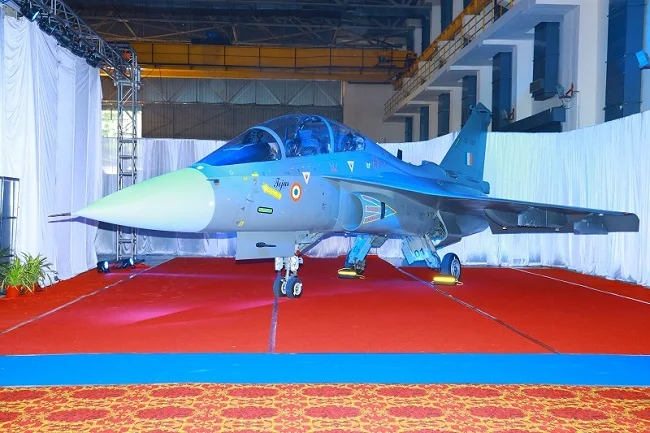
The Indian Air Force (IAF) has recently inducted the Twin-Seat variant of the Tejas Trainer aircraft, marking a significant development in pilot training and combat usage. However, this Twin-Seat variant will be the last of its kind, as the IAF is planning a transition to advanced single-seat fighter jets like the 4.5+Gen LCA-AF Mk2 and the 5th Gen Advanced Medium Combat Aircraft (AMCA) that do not have Twin-Seat variants.
The decision not to go for Twin-Seat variants is based on several factors, including the integration of advanced automation systems and sophisticated cockpit interfaces in modern fighter aircraft. These technologies significantly reduce pilot workload, enabling them to handle multiple tasks efficiently without the need for a second pilot.
Continue readingSOURCE: RAUNAK KUNDE / NEWS BEAT / IDRW.ORG

Noida-based Veda Aeronautics Private Limited (VAPL) has been making waves in the defence sector with its cutting-edge technology. Earlier this year, VAPL secured a significant contract from the Indian Air Force (IAF) valued at 300 crores. In an exclusive interview with News9, Dipesh Gupta, the Managing Director of VAPL, confirmed that the contract is for their innovative S-UMS (Smart Unmanned Munitions System), also known as Sureshastra MkI. This development marks a groundbreaking step in the field of military drones.
The S-UMS, or Sureshastra MkI, is a remarkable jet-powered, catapult-launched fixed-wing swarm drone, the first of its kind to be adopted by the IAF. It measures 3.5 meters in length, boasts an impressive range of 150 kilometers, and features a wingspan spanning 3 meters. Powered by a turbojet engine, this drone opens up new possibilities for the IAF in terms of precision strikes and tactical operations.
Continue readingSOURCE: RAUNAK KUNDE / NEWS BEAT / IDRW.ORG
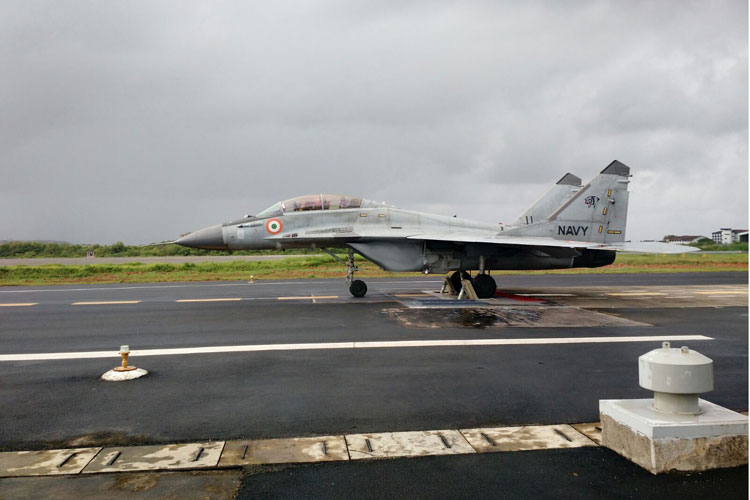)
In a significant move towards self-sufficiency and enhancing the indigenous capabilities of its fleet, the Indian Navy is embarking on a mission to indigenize various equipment and components onboard its existing fleet of MiG-29K fighter aircraft.
The scope of this ambitious indigenization project encompasses a range of critical components and systems related to the MiG-29K fighters. Among the items targeted for indigenization are the Multi-Function Display, Integrated Standby Instrument System, tires, ground support equipment, chaff, and flares. This initiative reflects the Indian Navy’s commitment to reducing dependency on foreign suppliers and strengthening domestic manufacturing capabilities.
Continue readingSOURCE: RAUNAK KUNDE / NEWS BEAT / IDRW.ORG
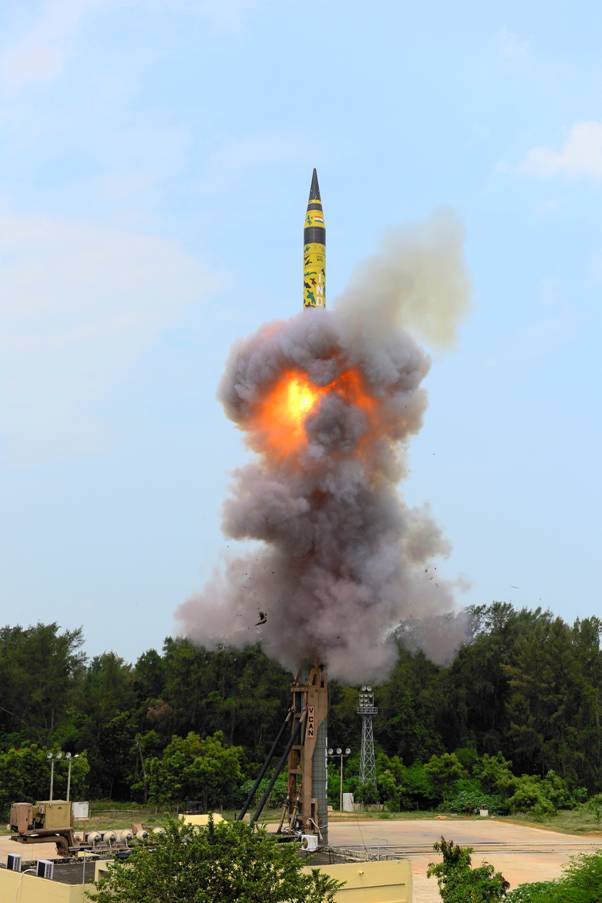
The Chairman of the Defense Research and Development Organization (DRDO), Dr. Sameer V Kamath, has categorically denied the existence of any Agni 6 missile program. Speaking at the inauguration of the DRDO Excellence Regional Center at the Indian Institute of Technology (IIT-BHU), Dr Kamath clarified that there is no official Agni 6 missile project, and the government of India has not sanctioned any such program.
Dr Kamath’s statement was in response to questions from the media regarding recent reports suggesting the development of an Agni 6 missile by DRDO. He emphasized that any news of the Agni 6 missile program is purely speculative and lacks official confirmation.
Continue reading